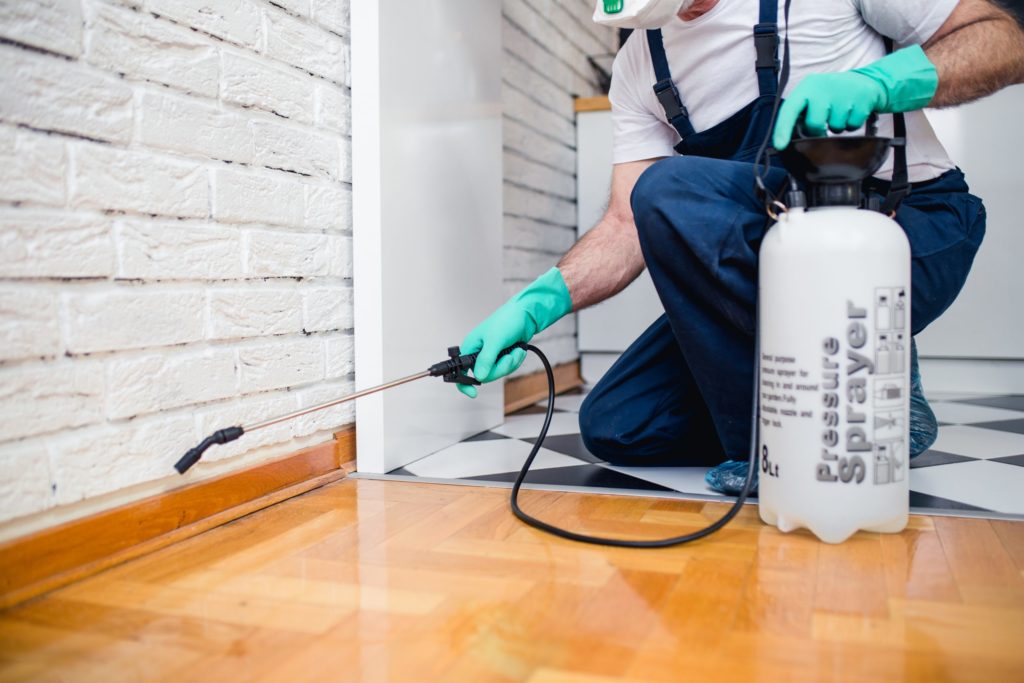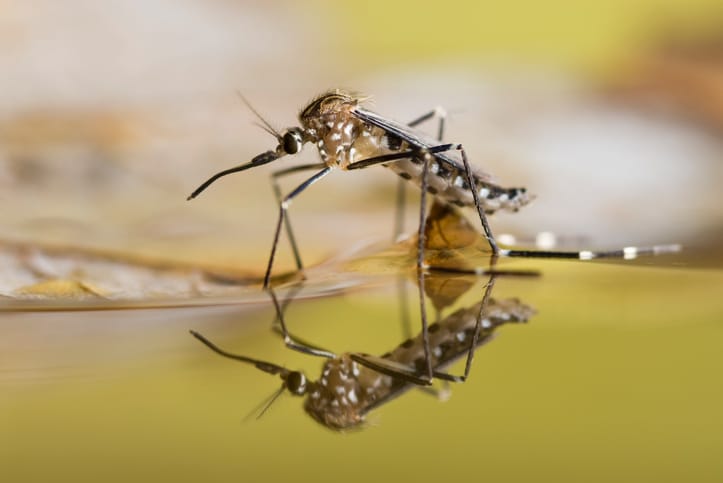Why Pest Problems Spike Near Coppell’s Nature Preserve Areas

Near Coppell, one of the many surprises that homeowners often discover after moving in is the beauty of the homes in which many people reside. That gorgeous greenery, the very thing that makes neighborhoods around Coppell Nature Park and Andy Brown Park East so alluring, is precisely what makes it easy for pest populations to flourish and spill over into the nearby areas. During specific seasons, the presence of mosquitoes, rodents, and wildlife becomes more pronounced in residential areas, leaving residents battling unwanted visitors within what was once a serene retreat.
It is easy for infestations to occur, and challenging for homeowners to keep them at bay, as these pests have established colonies as close as a few steps away from your property line. Professional pest management from romneypestcontrol.com is a necessity, not an option, when you have a persistent pest problem in these areas.
How Coppell’s Natural Landscapes Attract Pests
With nothing but nature to shield them, pests can be all right in Coppell, too. The thick plant growth along Cottonwood Creek and elsewhere in the city’s green corridors provides rodents with hiding and nesting sites, and places where they hold water become breeding grounds for mosquitoes. Coppell has more than 200 acres of maintained parkland, providing large habitat areas, according to the Parks and Recreation data for Coppell. By supporting the food chains of pest populations, these preserves attract rodents with fallen fruit, spiders with insects, and small animals that attract larger predators, such as raccoons and opossums, to residential yards in search of a more leisurely meal.
The Ecological Chain Reaction: From Preserve to Property
Pests travel outward in search of stability when natural food resources fluctuate seasonally or if predator populations shift. When a family of raccoons in Andy Brown Park runs out of their usual food source and starts going through your garbage cans. Rats luxuriating in the vegetation by the creek have to slink only a few dozen yards before your garage starts looking like a more attractive home in the depths of inclement weather. That ecological pressure forces pests from their natural habitats into Coppell neighborhoods, especially in Valley Ranch, Old Town, and north of Grapevine Lake, where the preserve is often at the doorsteps of property lines.
How Weather Influences Pest Surges in Coppell
- Spring Flooding and Mosquito Explosions
Spring storms in Coppell fill holding ponds that dot the nature preserves, allowing mosquitoes to reproduce and complete their entire lifecycle in just seven days. Residents along Cottonwood Creek routinely see a boom in mosquito numbers within a fortnight after heavy rains, making outdoor excursions all but impossible without repellent.
- Summer Heat Drives Pests Indoors
With Coppell summers reaching nearly 100°F and climbing well into the 90s, pests are on the lookout for a nice, calm, and moist place to hide. Rodents and insects depart the preservation in search of air-conditioned and water-rich spaces, rendering homes nearby prime hunting grounds.
Do Not Wait and Seek Professional Help!
If you live near one of Coppell’s nature preserves, home-grown pest control frequently resembles bailing water from a boat with a hole in it: you may achieve some degree of temporary success, but the hinterland keeps sending reinforcements. Romney Pest Control recognized that nature quite literally sits in the backyards of Coppell residents and presents unique challenges. They have a long history of working with homeowners in neighborhoods adjacent to preserves, and understand that one-size-fits-all approaches do not apply here. Their technicians evaluate the impact of local wildlife patterns, seasonal weather trends, and proximity to specific preserves on your particular property.




